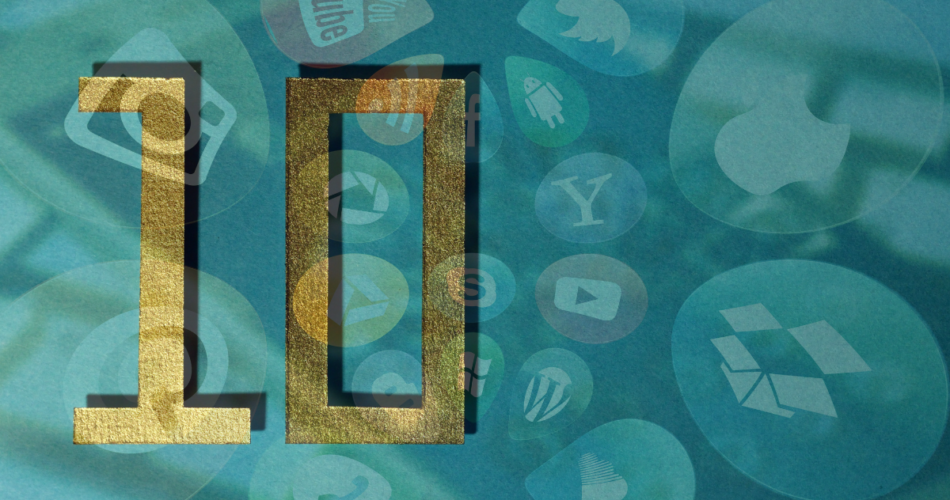Social media have become a major part of everyone’s daily life. Indeed, 92% of teenagers say they go on social networks every day and 71% of them use several social networks. In addition, 58% of adults have a Facebook profile.
What is Social media?
Social media is a computer technology that facilitates the sharing of ideas, thoughts and information through the creation of virtual networks and communities. By design, social media are Internet-based and allow users to communicate quickly through electronic means. The web has become a true medium in its own right. It can carry different messages in text, video, photos, music, etc. Currently, each Internet user exchanges a multitude of information through networks or social media via a computer, a tablet or a smartphone.
Therefore, social media includes all platforms and their operating process aimed at developing such exchange and sharing of information. We can mention the most famous players in this niche: Facebook, Instagram, YouTube, Twitter, TikTok, and many more. Note that some Social Media platforms are clearly specialized on the professional world, such as LinkedIn or Viadeo.
Social media was originally created as a way to interact with friends and family, but it was later adopted by various institutions who wanted to take advantage of a new and popular communication method to reach their peoples. The power of social media is the ability to connect and share information with anyone on Earth, or with many people simultaneously. Thus, social media represents a real interest for all Internet users, whether it is to exchange on a passion, on the news, or for people who want to develop new skills, find schools, or simply work on their notoriety and reputation.
The 10 popular types of Social media available on the market
Before we get into the brilliant ways to use social media for learning, let’s introduce you to the 10 most popular types of social media.
-
Social networks
When we talk about social media, we first think about the giants of the net! The most popular are Facebook, Instagram, Twitter, TikTok, etc.
-
Professional social media
These networks are reserved for professionals (LinkedIn and Viadeo) are perfect to boost your visibility.
-
Microblogging sites
Concision and relevance are key in microblogging, since these platforms, halfway between the blog and the SMS, are limited to short texts.
-
Participatory sites and wikis
These informative social media are based on collaboration and exchange. Internet users have the possibility to publish on these websites based on collective intelligence. The best known is Wikipedia.
-
Collaborative platforms
These are tools for sharing and managing projects accessible to a specific community (employees, customers, partners, shareholders, etc.). The advantage of these social media is their immediate synchronization of all project modifications and progress.
-
Corporate social media.
Corporate social networks (CSR) have become a must in the internal communication of an institution. They allow to work remotely, while keeping a link between students and teachers, employees and managers.
-
Social media messaging
Generally free of charge, messaging platforms allow billions of users to exchange information around the world. The most famous are Messenger, WhatsApp, WeChat and QQ.
-
Social media for sharing photos, videos and music
In addition to the sharing function, these media also allow you to create a profile and comment. Here we can name:
- Photo sharing social media: Flickr, Instagram, Pinterest, Snapchat, etc.
- Social media for sharing videos: YouTube, Dailymotion, Vimeo, TikTok, etc.
- Music sharing social media: Soundcloud will allow you to listen to music for free and is a springboard for many artists.
Forums are the oldest social platforms. They are timeless and still have a lot of success with Internet users who can interact, create discussions, ask questions and respond to multiple topics. This social media is ideal to create your own community and generate a very interesting interactivity.
-
Blogs
More than 2 million blog posts are published every day. The blog will not only offer you the possibility to show your expertise to the Internet users, but also to optimize your site in the search engines.

